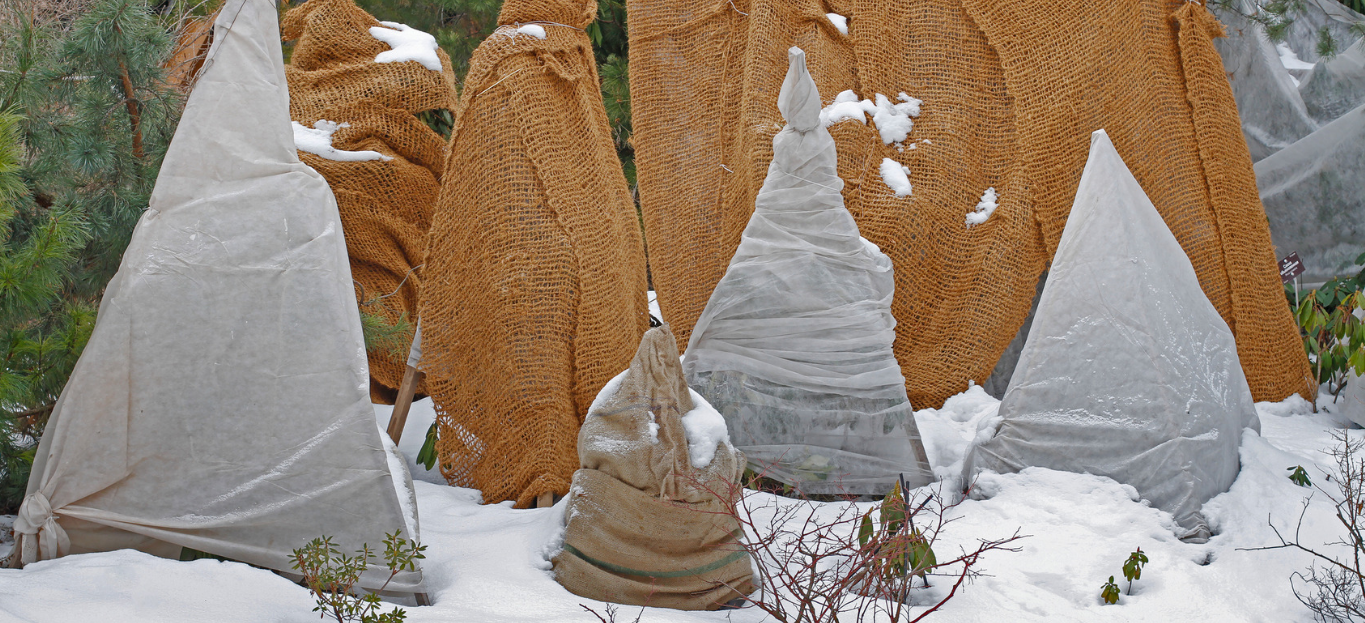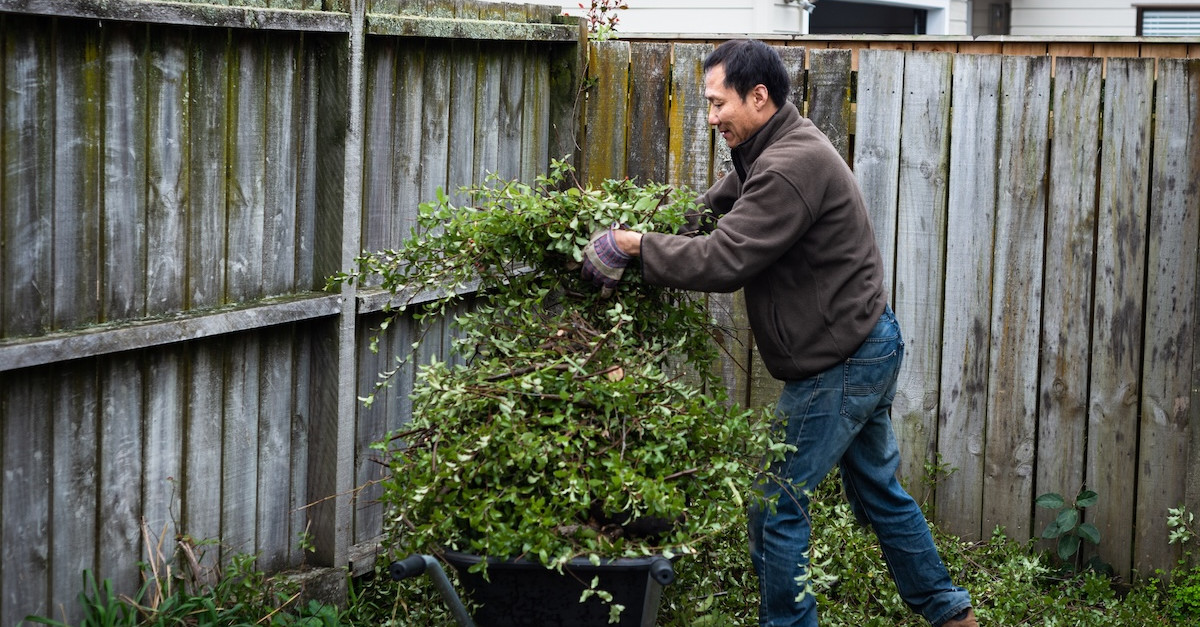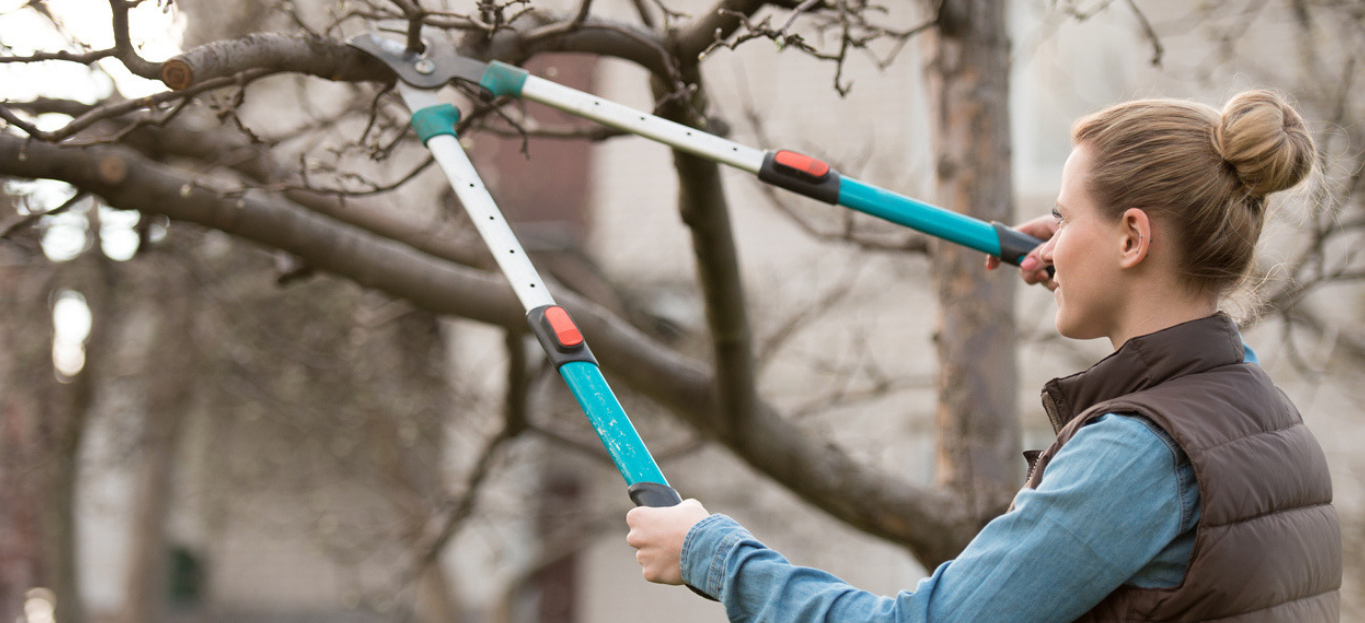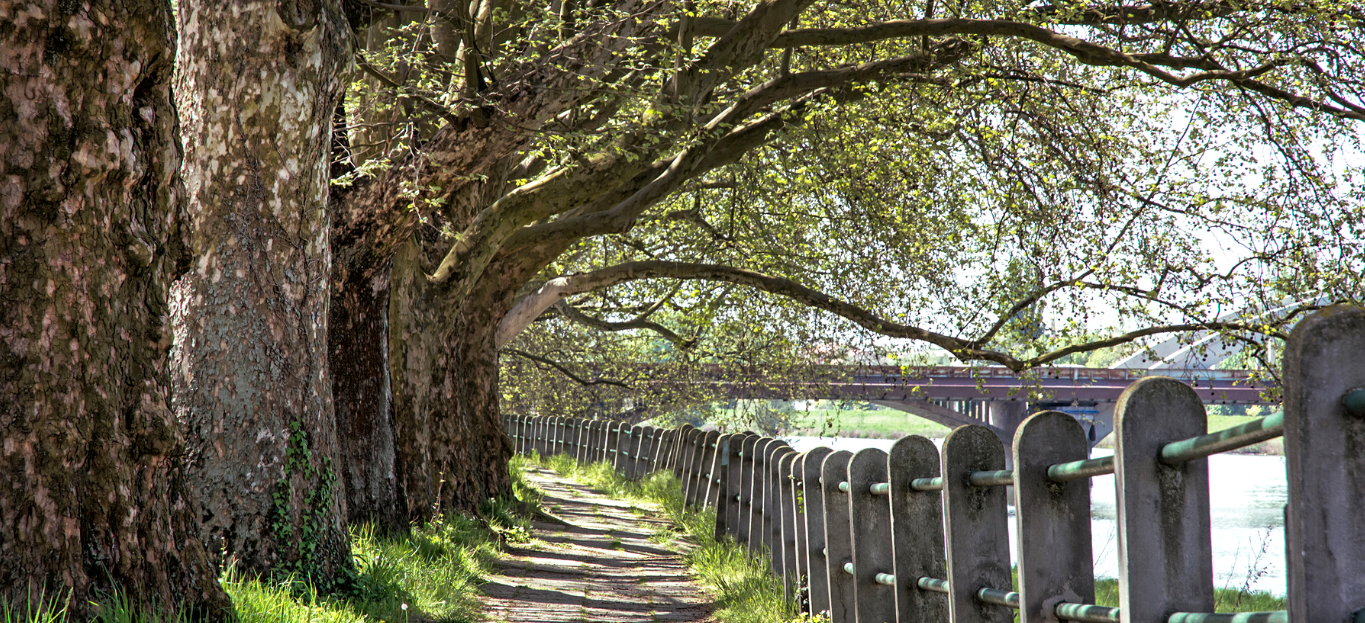Sweater Weather: Should You Be Covering Your Plants and Trees?
Walk through any botanical garden, nursery, or serious home gardener’s yard in the winter, and you’ll likely notice at least a few snug sweaters adorning trees and shrubs. Which may lead you to wonder: Should you do the same thing?
The answer is a qualified yes. “Qualified” because most well-established native trees don’t need your help weathering the winter months, even during tough storms or cold spells. That isn’t necessarily the case, however, for exotic species and young trees – both of which would very much appreciate a warm jacket, thankyouverymuch.
So now the question becomes, if you have sensitive trees, how can you protect them? First, it’s important to understand why they need protection in the first place.
Chilly Challenges
Winter brings a lot of new challenges to trees that they don’t face the rest of the year, including:
- Trees are sensitive to salt and brine, which occasionally affect us here even in warm and sunny Georgia
- Cold snaps can cause tender new growth to shrivel and die off
- Freeze and thaw cycles endanger plant roots, cause bark cracking and prevent proper water uptake
Covering trees, however, can prevent this. Covers regulate temperature, warm roots, protect from salt spray and biting winds, and prevent predation from hungry herbivores. All that’s left is to get the job done.
Flora Frocking
When it’s time to dress your trees, here’s what to do:
- Start with protecting roots by mulching in a circle around trees at a depth of 2-4 inches
- Cover smaller trees and shrubs with coats of burlap or flannel that extend all the way to the ground
- Try to avoid contact between plant and fabric, using string or stakes to minimize it
- Use premade covers for baby trees or shrubs, upending them over the top
- Make sure to provide airflow
Proper Protection
In addition to sweaters where necessary, it’s important not to set your trees and shrubs up for failure. That means keeping them dormant during winter at all costs. According to Gardener’s Supply Company, you can do this by:
- Avoiding fertilizer throughout the entirety of winter and for 6 weeks before the first fall frost
- Never pruning between midsummer and the following late winter, right before budbreak
- Watering routinely throughout the fall to prevent winter dehydration
Of course, you may still need help. If you have questions about winter tree care, feel free to contact us here at Premier Tree Solutions, your one-stop-shop for all things tree care. We can help you with tree protection, proper pruning techniques, yard cleanup and much more, so don’t wait to get in touch!









